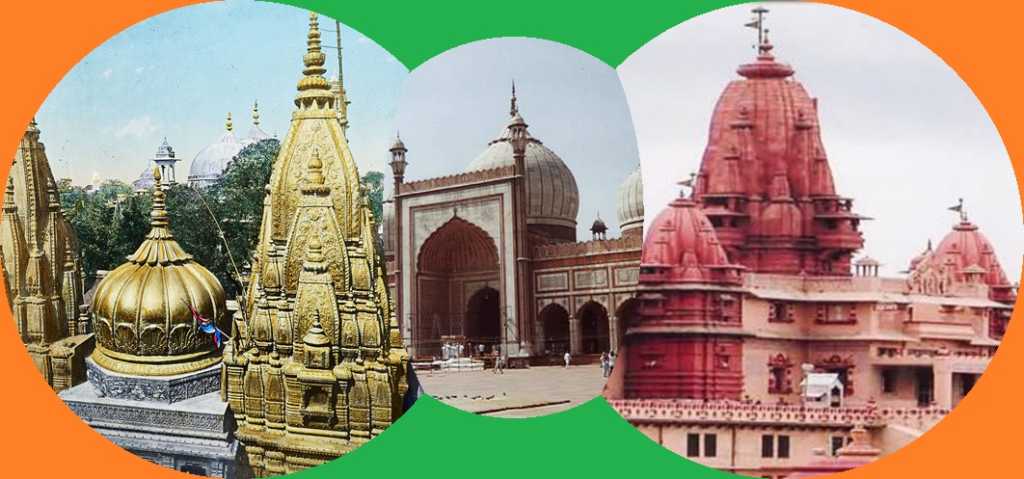The Supreme Court yesterday delivered a landmark judgment upholding the Ismail faruqui verdict of 1994. The Ismail Faruqi judgment had laid down the law in connection with the position and status of the Mosque and the power of the state to acquire it. The constitutional validity of the Acquisition of Certain Areas at Ayodhya Act, 1993 was under challenge. In that case, the court had held that that under the Mohammedan law applicable in India, a Mosque may be lost by adverse possession. The bench came to the conclusion that a Mosque cannot be immune from acquisition by exercise of sovereign powers of the state. Coming to the question of necessity of Mosques for offering namaz, the Court had made it clear that namaz can be offered by Muslims anywhere, even in public spaces and therefore, it cannot be said that Mosques are essential for offering namaz.
The issue again came up for hearing before the three judge bench headed by Chief Justice of India Dipak Misra out of a batch of appeals challenging the 2010 verdict of Allahabad High Court on the Ayodhya dispute. However, the three judge bench by a majority of 2:1 refused to refer the matter to a larger bench. Therefore, the law as laid down in the Ismail faruqui verdict is going to prevail. This is being largely seen as precursor to the final verdict in the Ram Janmabhoomi dispute. It is being seen as having removed a delay tactic and now the Ayodhya dispute is going to be adjudicated purely as a property dispute. The title to the disputed site in the form of a civil suit is going to be determined by another three judge bench that will be constituted for this purpose. Regular hearing on the dispute will commence from October 29.
However, what we must remember that this judgment might have an impact beyond the Ayodhya dispute as well. It is amply clear that the Ismail faruqui judgment was not made categorically with respect to the Ayodhya dispute. It had only determined a question of law. The same has been affirmed by the Supreme Court judgment yesterday. It is only incidental that the proposition laid down in the 1994 verdict was considered in the 2010 Allahabad High Court verdict dividing the disputed site into three parts. No doubt, this is going to have a major part to play when the court hears the Ayodhya dispute on a regular basis from October 29. But the question that arises here is whether this opens up other similar disputed sites (Mathura, Kashi specifically) to challenge as well.
Taking for example, the cases of Shahi Idgah adjacent to Krishna Janmabhoomi Temple at Mathura could also potentially become a matter of property dispute. Given that the Supreme Court has made it amply clear that the Mosque has no special status over and above places of worship belonging to other religions, this might open up the disputed sites of Mathura and Kashi to legal challenge as well. Ram Janmabhoomi holds special importance among the Hindus but it cannot be ignored that there are other religious sites (including Mathura and Kashi) having similar circumstances and might be challenged as civil suits for title to such disputed sites. Therefore, the present judgment has set a significant precedent. It remains to be seen how the Ayodhya land dispute is decided. If it is decided in favour of Hindus then it might open up a plethora of disputes like Mathura and Kashi to be adjudicated on similar principles and considerations.
